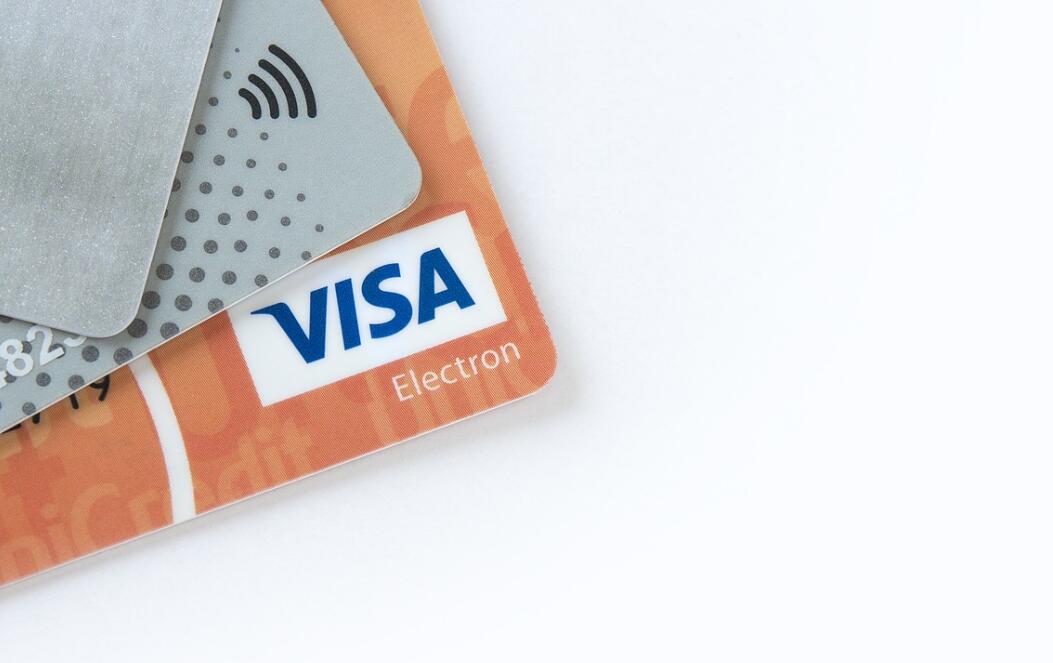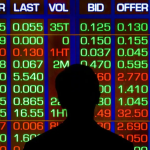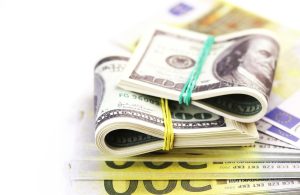
Introduction: In a groundbreaking move, Sollers, facing allegations of deceptive practices, has announced the cancellation of $3.4 million in student loan debt. This article explores the details surrounding the deceptive practice charges, the implications for affected borrowers, and the broader conversation about ethical lending practices.
Section 1: Deceptive Practices Allegations
Nature of Allegations: Sollers, a prominent player in the student loan industry, is under scrutiny for alleged deceptive practices. Authorities claim that misleading information and practices have affected borrowers, prompting investigations and legal actions.
Regulatory Response: Regulatory bodies have initiated inquiries into the practices of Sollers, emphasizing the need for transparency and ethical conduct within the student loan industry.
Section 2: The $3.4 Million Student Loan Debt Cancellation
Unprecedented Announcement: Sollers’ decision to cancel $3.4 million in student loan debt is unprecedented. This move is positioned as a remedial measure to address the impact of deceptive practices on borrowers.
Affected Borrowers: The debt cancellation directly benefits borrowers who were subject to the deceptive practices outlined in the allegations. Understanding the criteria for eligibility and the process for debt relief is crucial for impacted individuals.
Section 3: Implications for Borrowers
Financial Relief: For affected borrowers, the debt cancellation represents significant financial relief. It alleviates the burden of repayment and provides an opportunity for a fresh start without the financial strain imposed by deceptive lending practices.
Credit Score Impact: While debt cancellation brings relief, borrowers should be aware of potential implications on their credit scores. Understanding how this action may affect creditworthiness is essential for informed financial planning.
Section 4: Broader Conversation on Ethical Lending
Industry Accountability: Sollers’ case raises broader questions about accountability within the student loan industry. It prompts a discussion about the ethical responsibilities of lending institutions and the need for increased oversight to protect borrowers.
Borrower Education: The case highlights the importance of borrower education in navigating the complexities of student loans. Informed borrowers are better equipped to identify deceptive practices and make sound financial decisions.
Section 5: Legal and Regulatory Repercussions
Potential Penalties: Sollers may face legal and regulatory penalties as a result of the deceptive practice charges. This could set a precedent for increased scrutiny and accountability within the industry.
Reforms and Policy Changes: The case may catalyze reforms and policy changes within the regulatory framework governing student loans. Authorities may implement stricter guidelines to prevent deceptive practices and protect borrowers.
Section 6: Moving Forward
Transparency and Consumer Protection: The Sollers case underscores the importance of transparency and robust consumer protection measures within the lending industry. Stakeholders, including borrowers, regulators, and lending institutions, must collaborate to create a more ethical and accountable system.
Advocacy for Ethical Lending Practices: The case encourages advocacy for ethical lending practices, emphasizing the role of industry stakeholders, consumer advocacy groups, and policymakers in shaping a lending landscape that prioritizes the well-being of borrowers.
Conclusion: Sollers’ decision to cancel $3.4 million in student loan debt is a significant development in response to allegations of deceptive practices. As affected borrowers navigate the implications, the case sparks a broader conversation about ethical lending, industry accountability, and the need for reforms to safeguard borrowers in the complex landscape of student loans. The outcome of this case may serve as a catalyst for positive changes within the lending industry, emphasizing the importance of transparency, ethical conduct, and robust consumer protection measures.













